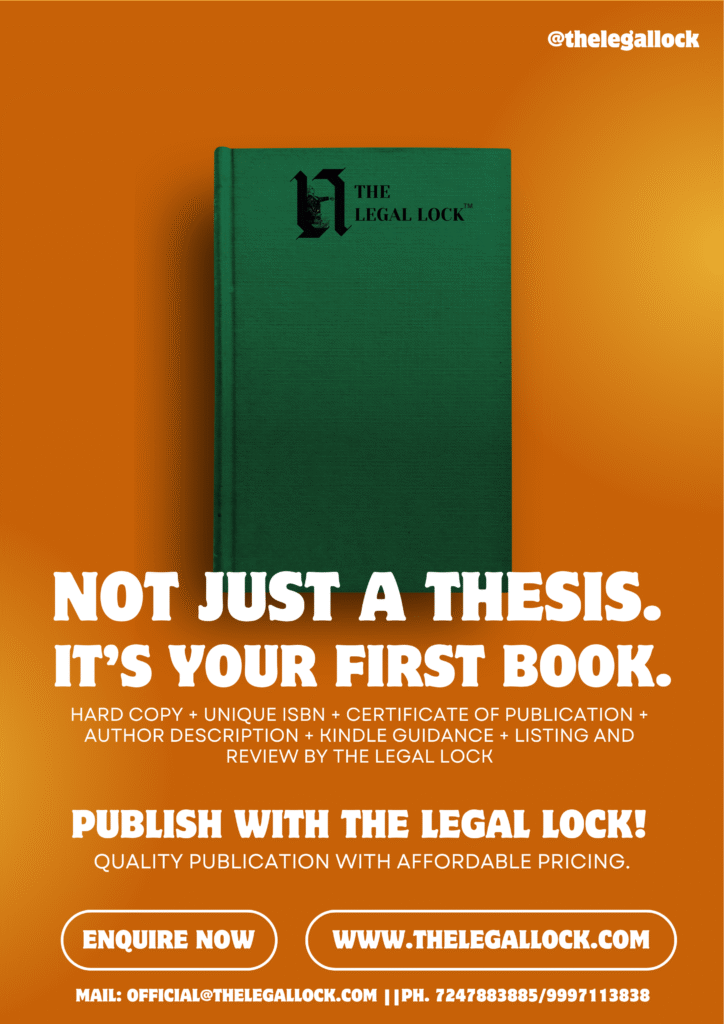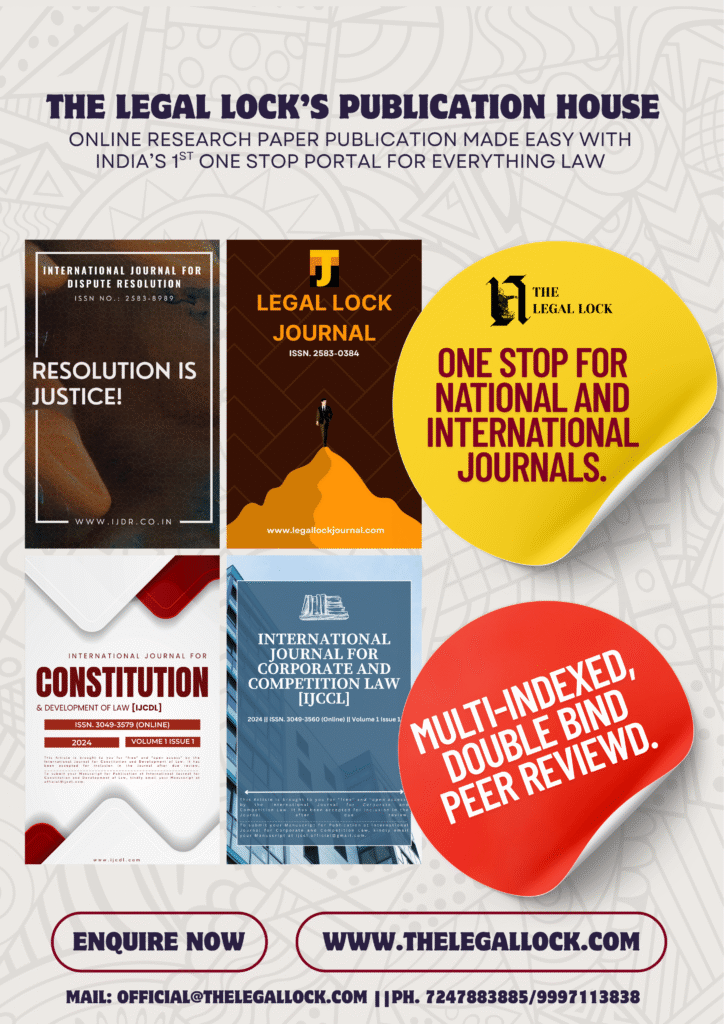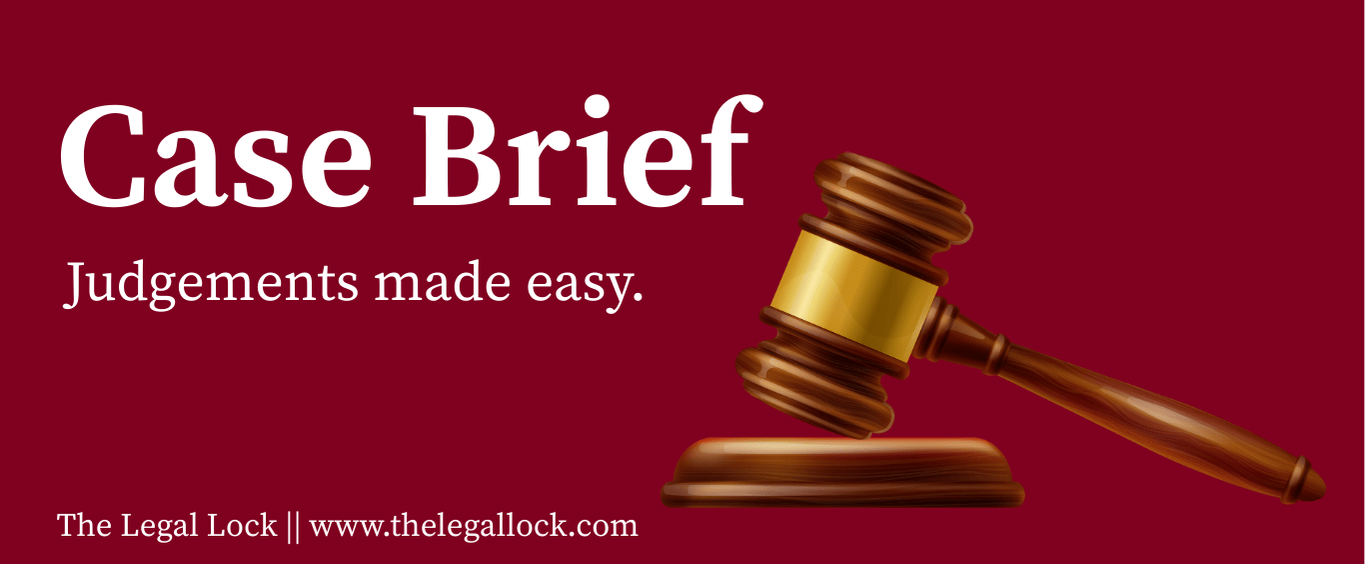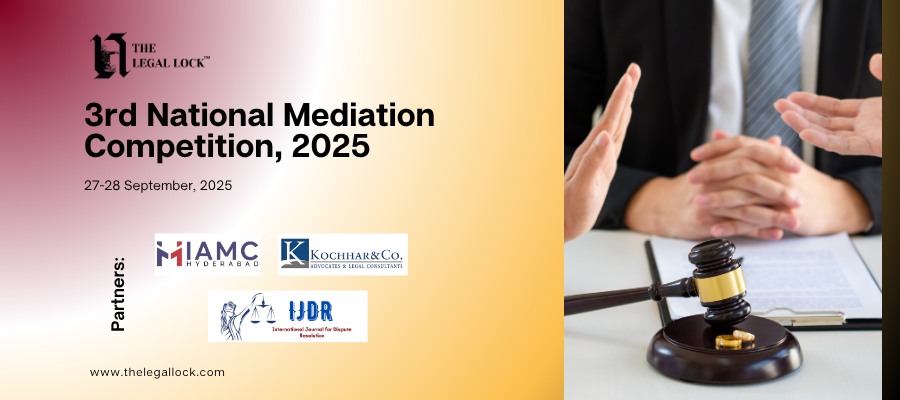| CASE NAME | Kesavananda Bharti v State of Kerala |
| CASE NAME (also known as) | The fundamental rights case |
| CITATION | 1973 4 SCC 225, 1973 SC 1461, 1973 4 SCR 225, 1973 SC MANU 0429 |
| COURT | In the Supreme Court of India |
| Bench | S.M. Sikri, K.S. Hegde, A.K. Mukherjea, J.M. Shelat, A.N. Grover, P. Jaganmohan Reddy, H.R. Khanna, A.N. Ray, K.K. Mathew, M.H. Beg, S.N. Dwivedi, & Y.V. Chandrachud. |
| Date of Decision | April 24, 1973 |
INTRODUCTION
Whenever the topic of amending the power of the constitution comes up, the Kesavananda Bharti case is relied upon. legal aspects and implications of the Kesavananda Bharti case are well-known and commonplace. The Kesavananda Bharti case was a monumental judgement in constitutional history. This landmark judgement redefined the parliamentary authority in amending the constitution with the well-known “basic structure doctrine”. Kesavananda Bharti was the head of a Hindu religious mutt in Kerala, who challenged the constitutional validity of the 24th, 25th and 29th amendments to the Indian Constitution.
In this case brief, we will delve into the intricacies of Kesavananda Bharti’s legal challenge and the resulting judgement that still defines the parliamentary power to amend the constitution and has also limited the same power by implementing the basic structure doctrine. The landmark 7:6 majority ruling established the Basic Structure Doctrine, which states that although the Parliament can change, repeal, or amend any section of the Constitution, it cannot alter the “basic structure,” which is the fundamental building block of India’s constitutional framework.
FACTS
Kesavananda Bharti was the leader of a religious group called the Edneer Mutt in Kerala. The dispute that would change the course of Indian Constitutional history arose after the Land Reforms Amendment Act, passed by the Kerala’s state government in 1969. The Land Reforms Amendment Act empowered the government to acquire certain area of land that was owned by the Edneer Mutt. In response to violations of his fundamental rights under Articles 25 (Right to practise and propagate religion), 26 (Right to manage religious affairs), 14 (Right to Equality), 31 (compulsory acquisition of property), and 19(1)(f) (freedom to acquire property), Kesavananda Bharati filed a petition under Article 32 of the Indian Constitution with the Supreme Court.
The Kerala Land Reforms (Amendment) Act, 1971 was passed by the Kerala State government during the legal proceeding, possibly in reaction to the upcoming court scrutiny. This legislative action made the matter more complicated and suggested a possible strategy for evading the current legal dispute. Several constitutional revisions followed the Golaknath v. State of Punjab decision, in which additions were made to the constitution to establish Parliament’s authority to modify its provisions. The 24th Constitutional (Amendment) Act of 1971, in particular, made clear that Parliament had the power to change the constitution. The 25th Constitutional (Amendment) Act also addressed the question of compensation for the state’s purchase of private property, relieving the government of the requirement to provide equal compensation.
Thus, Kesavananda Bharati’s case evolved from a disagreement about land acquisition into a crucial court issue that examined the scope of legislative authority for modifying the constitution and how it might affect individual rights.
ISSUES
- Whether the 24th Constitutional Amendment Act 1971 is constitutionally valid?
- Whether the 25th Constitutional Amendment Act 1972 is constitutionally valid?
- What is the extent to which the Parliament can exercise its power to amend the Constitution?
ARGUMENTS
- Arguments by the petitioners
- Kesavananda Bharati argued that the Parliament was not given unlimited power to change the Constitution in any way it saw proper. He maintained that the Parliament could not change the fundamental framework of the Constitution and that the amending authority had inherent limitations. The stance expressed by Justice Mudhokar in the Sajjan Singh v. State of Rajasthan case served as the model for this claim.
- Kesavananda Bharati’s main argument was on how Article 19(1)(f) of the Indian Constitution protected his property rights. He argued that his basic right to property—a crucial part of the freedoms protected by the Constitution—was infringed by the 24th and 25th Constitutional Amendments.
- He asserted that fundamental rights were seriously threatened by the proposed revisions, especially those that would affect Article 13. Kesavananda Bharati was concerned that these changes would weaken fundamental rights and, more importantly, undermine the Constitution’s basic structure.
- Arguments by the Respondents
- The Kerala Land Reforms Act, which was being challenged, the State argued, was a reasonable restriction on the right to property. The State argues that the purpose of the Act was to reduce poverty and achieve social justice. It claimed that in order to alleviate socioeconomic inequities and achieve a more fair allocation of resources, reforms of this kind were necessary.
- The state also argued that the Parliament had unrestrained power to amend the Constitution and that a foundational aspect of the constitution was the supremacy of the Parliament. The state argued that a strong Parliament was necessary to ensure democratic processes as well as welfare of the people inside the country.
DECISION
The landmark judgement was delivered on April 24, 1973, by a 13- judge bench. The bench, by a majority of 7:6 held that while the parliament possessed the power to amend the Indian Constitution, this power was not absolute and hence the court here, established the doctrine of Basic Structure, under which the Parliament was restricted from amending the fundamental framework and essence of the constitution. Despit the differences in the majority and minority judgement, both shared a common ground when it came to the Parliament having unfettered authority in amending the constitution.
The Doctrine of Basic Structure was essentially established by the Kesavananda Bharati case. The court upheld the restriction on Parliament’s ability to amend the Constitution, which states that changes cannot modify the fundamental ideas and characteristics of the Indian Constitution—also referred to as its “basic structure.” The court said that the word ‘amend’ mentioned in Article 368 of the Indian Constitution only refers to those amendments which do not hamper the basic structure or the founding fundamental principles of the constitution. The court also stated that amendments to the constitution will have to pass the basic structure test and only then will they be applicable.
The Supreme Court maintained the first part of the 25th Amendment, which permits limitations on judicial review in cases involving property rights, in the Kesavananda Bharati case. It did, however, stress that any provision outright restricting the power of the court would be overturned. In order to protect the fundamental framework of the Constitution, the court emphasised that although Parliament may alter laws, the judiciary must continue to have the authority to evaluate them. There were two requirements before the 25th Amendment could be approved. First of all, the court made clear that landlords could only get appropriate compensation, not market value. Second, the judiciary would reject any clause that unnecessarily restricted its ability to evaluate legislation, particularly those pertaining to land reforms. Legislative and judicial authority was intended to be balanced by this ruling. In conclusion, Kesavananda Bharati established careful guidelines for revisions, highlighting equitable remuneration and opposing undue limitations on the judiciary.
ANALYSIS
The Kesavananda Bharati case is considered a turning point in Indian constitutional law because it established the basic structure doctrine, which protects the fundamental principles of the Constitution from arbitrary changes by the Parliament. This doctrine, which was created by a majority vote of 7 to 6, states that although Parliament has the authority to amend, it is not enabled to alter the fundamental and essential principles of the Constitution. The court, under the direction of Chief Justice S.M. Sikri and other justices, outlined the fundamental principles of the system, citing as inviolable elements the federal structure, the separation of powers, individual dignity, and the rule of law. This ruling severely limited Parliament’s unrestricted, unlimited authority to modify the Constitution. It signalled a significant turn towards judicial activism by positioning the court as the Constitution’s defender.
Subsequent constitutional modifications have been influenced by the Kesavananda Bharati case. By serving as a benchmark, the basic structure concept allows the courts to evaluate the constitutionality of changes by determining how well they conform to the fundamental ideas of the document. The judgement established a thin line between the constitutional amendments that are valid and which are invalid, and at the same time recognized the power of the Parliament to amend the constitution as long as the basic structure doctrine is followed.
The 24th Constitutional Amendment Act of 1971 was maintained by the court’s April 24, 1973 ruling; however, the first and second sections of the 25th Amendment Act of 1972 were deemed to be intra vires and extra vires, respectively. Crucially, it made clear that Parliament’s ability to change is contingent upon the need that the revisions do not modify the fundamental framework of the Indian Constitution. The decision is significant because it helped maintain India’s federal system and established crucial standards for constitutional interpretation. It brought a more sophisticated approach to revisions, rejecting clauses that unduly restricted judicial review and demanding equitable recompense for property rights.
The basic structure doctrine, as expounded in the Kesavananda Bharati decision, continues to be a fundamental aspect of Indian constitutional jurisprudence. It has given the Constitution stability by guaranteeing that the framers’ intentions and spirit are upheld in spite of multiple modifications. The ruling upholds the values of democracy and the rule of law by striking a critical balance between judicial supervision and legislative autonomy.









